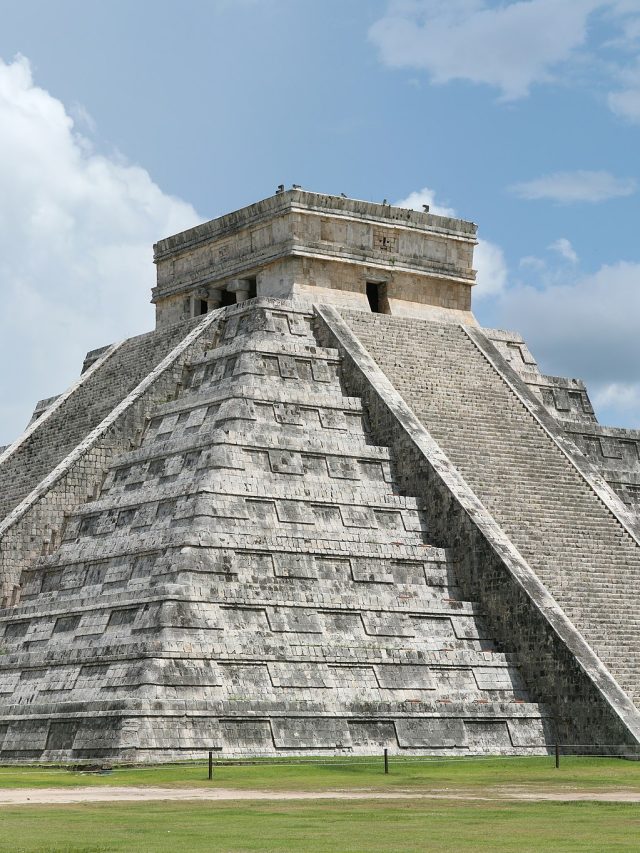Significance of Maya Architecture
Maya architecture to this day is still one of the most incredible feats achieved by an ancient culture, a symbol for not only Mayan innovation and style but also their artisian craftsmanship as well as spiritual devotion. From about 2000 BCE to the turn of the 16th century CE, Maya architecture was an integral part of their highly complex socio-political and spiritual systems which are displayed in this comprehensive overview. Maya architecture is one of the most potent symbols for mankind and still today remains well sought after by historians, archaeologists as tourists. In this article, we explore all the important facets of Mayan architecture—methodologies and techniques that were associated with it—from an archaeological standpoint to understand its cultural ties, artistic values behind their structures.
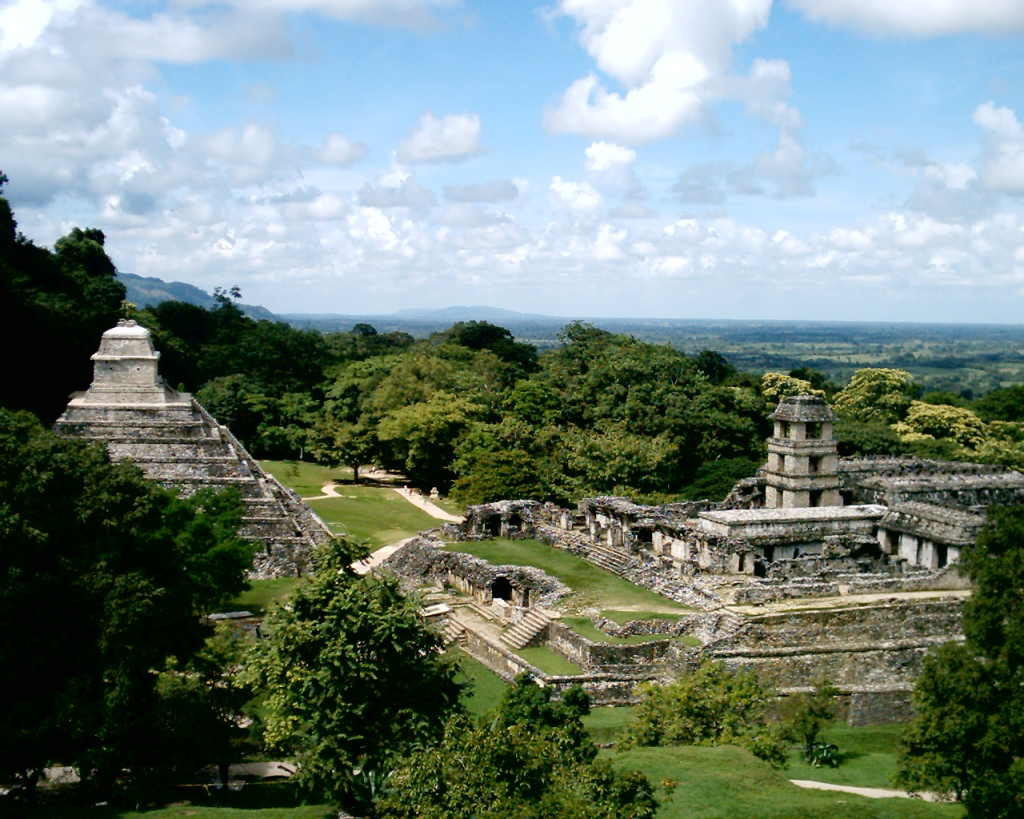
The Grandeur of Maya Architecture
When combined together, the Maya civilization ‘s architecture is a mix of practicability and symbolism. The Mayans constructed their cities according to the dictates of their faith and astronomic perceptions. The Mayans obviously built things and unlike our modern day structures, all of which are nothing but places where people live or work and use to get back at everyone they passive-aggresively hate. Tikal is perhaps the most famous example of Maya architecture, with soaring temples and vast plazas surrounded by detailed palaces.
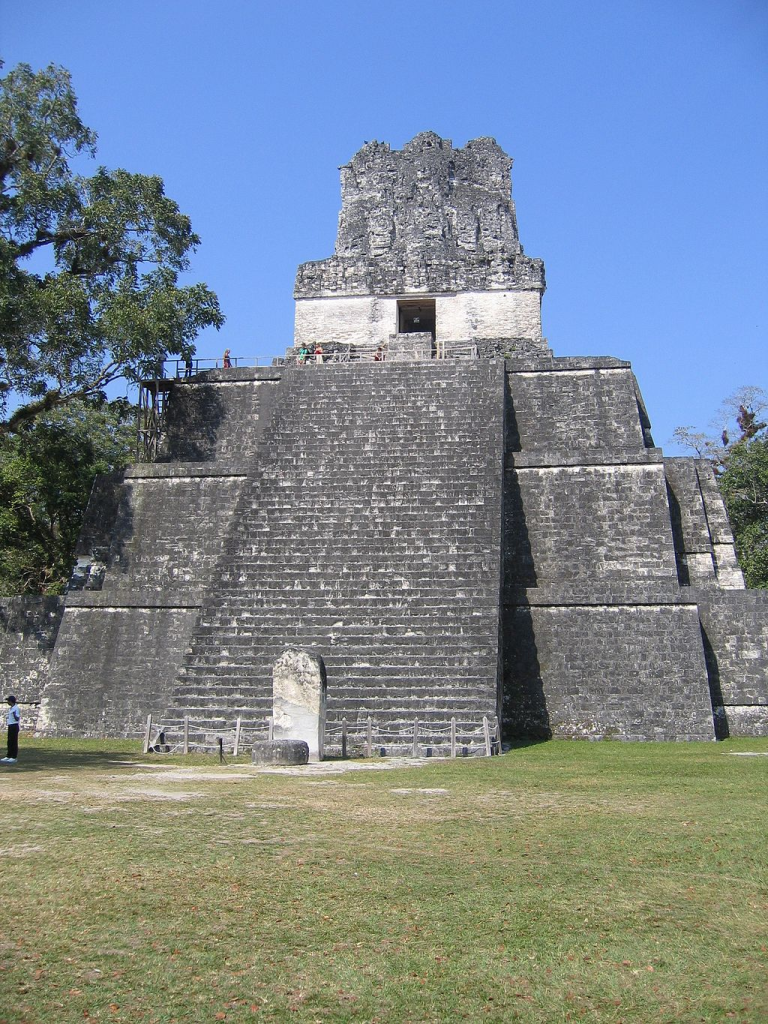
The Iconic Mayan Temple Architecture
The typical pyramid structure with a temple on top as seen in Mayan temples, acted not just as an architectural solution and design pattern based on needs alone. Constructed as a series of terraces, they have the appearance of great flights and stairs formed with lesser ones to line along an ascent to the heavens. The Temple of the Great Jaguar in Tikal and the Pyramid of Kukulkan at Chichen Itza are iconic examples, each a demonstration both that Mayan architecture required advanced knowledge or structural engineering but also that their reverence for gods drove them to attempt such impressive feats.
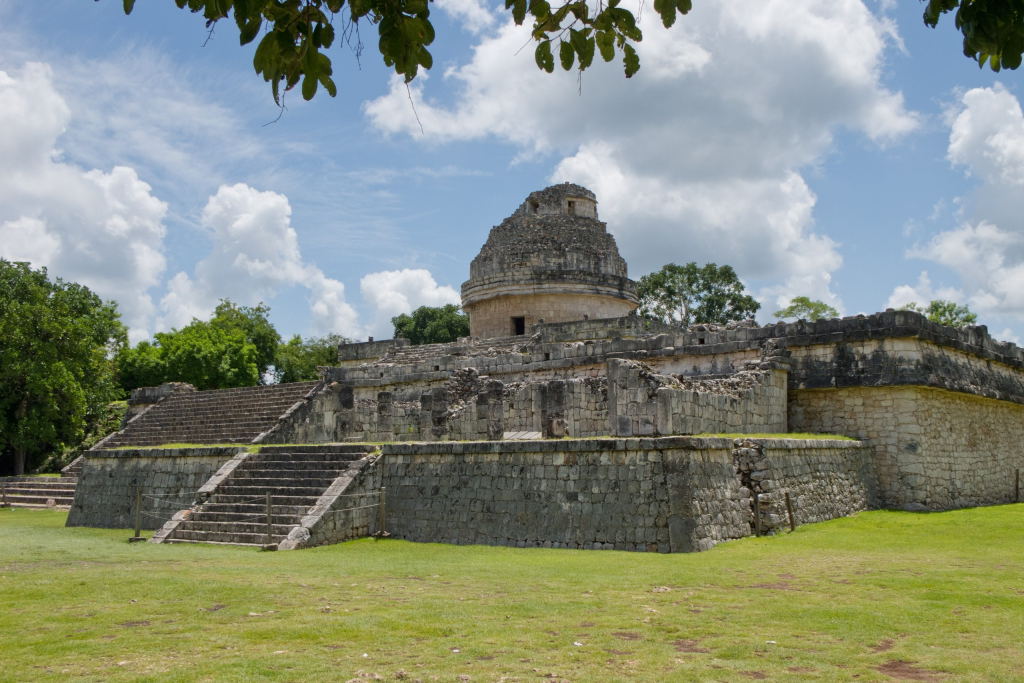
Art and Architecture: A Symbiotic Relationship
Mayan art and architecture are so intermingled that even they can only enhance each other. The mayans built many of their buildings and architecture with intricate carvings or stucco reliefs, the use of starring primarily in online poetry like onephrase. But art was not just a form of decoration, it communicated stories and beliefs or political messages. Ancient mayan Art and architecture are famously being studied for their symbolic values that remain inherent in Maya society.

Maya Arts and Architecture: A Cultural Legacy
The cultural landscape of Mesoamerica is branded by the maya arts and architecture. Similarly, the brightly coloured murals with their geometric patterns and scenes of natural life from Maya art can be seen in architectural style. The art mayan architecture, from the detailed murals of Bonampak to the stelae of Copán offers a look into religious did social life mechanisms.

Mayan mural from Bonampak, in Chiapas, Mexico, original c. 790 ce, 20th-century reconstruction by Antonio Tejeda.| Courtesy: wikipedia
The Influence of Cliff May Architecture
Cliff mayian architecture certainly isn’t directly inspired by the ancient Maya, but it does owe a little to Mayan aesthetic and functional ideas. Cliff May was an American architect who is sometimes called the father of the California Ranch House for his innovative realizations that combined relaxed layouts, abundant windows and a blurring distinction between indoor and outdoor use. Mayan respect for the environment and building architecture take this same principle into account, which is seen in his work.
The Modern Echo: Mayan Revival Architecture
The Maya architecture had influence not only in ancient times, but also its effects are seen today. Mayan Revival Architecture is a design style that began to Stand out around The very first half of this 20th century, also uses layouts and elements inspired by Mayan motifs. Buildings in this architectural style are found throughout the Americas, particularly across a swath of North America stretching from Massachusetts (with D. H. Burnham & Company’s Flatiron Building), through New York and Chicago to Mexico City — “an invention without which L.A could not exist”. This modern structures manifest in stepped pyramids, geometric ornamentation and symbolic iconography which pays hommage to the ancient mayan civilization architecture.
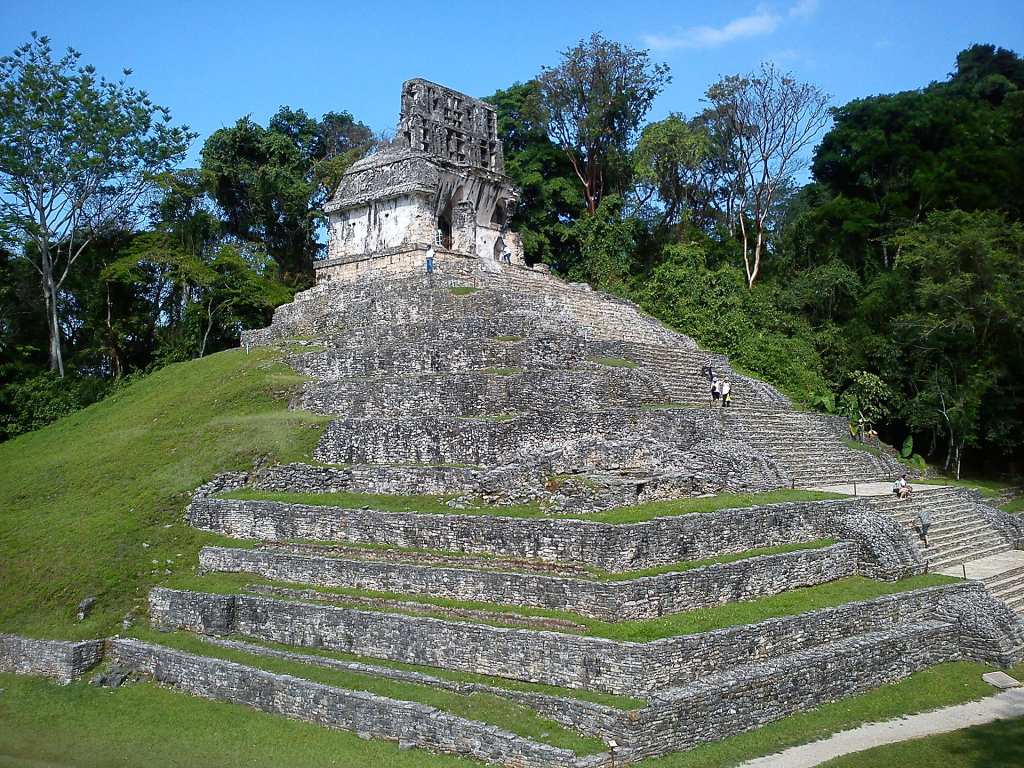
Conclusion: The Enduring Legacy of Maya Architecture
What stands before you — the mayan architecture: this is living proof of an extraordinary phenomenon that once flourished in Mayak,ancient country. The Maya created ash through the politics and design, that remains an endless source of wonderment. The architecture of Mayan lived-in spaces—from monumental temples to the minute physical forms that grace them—provides a treasure trove of information on this great civilisation, from their culture and beliefs to innovative technological prowess. As the work of modern architects and artists continues to be inspired by mayan art and architecture, we are reminded that their architectural impact has transcended time.

